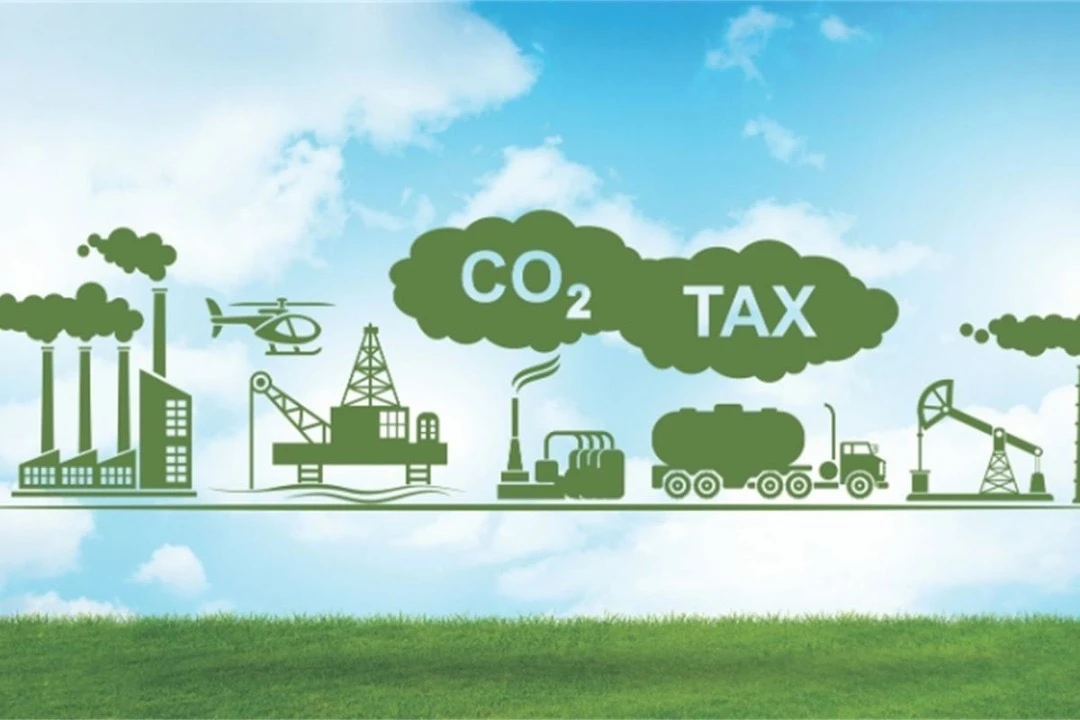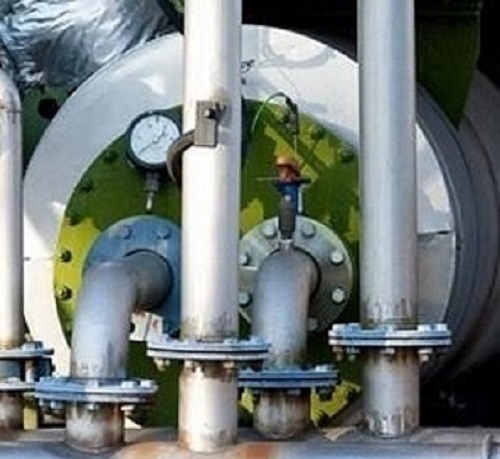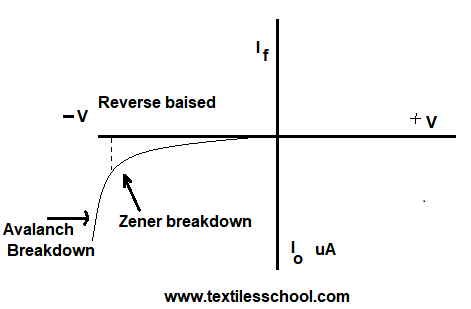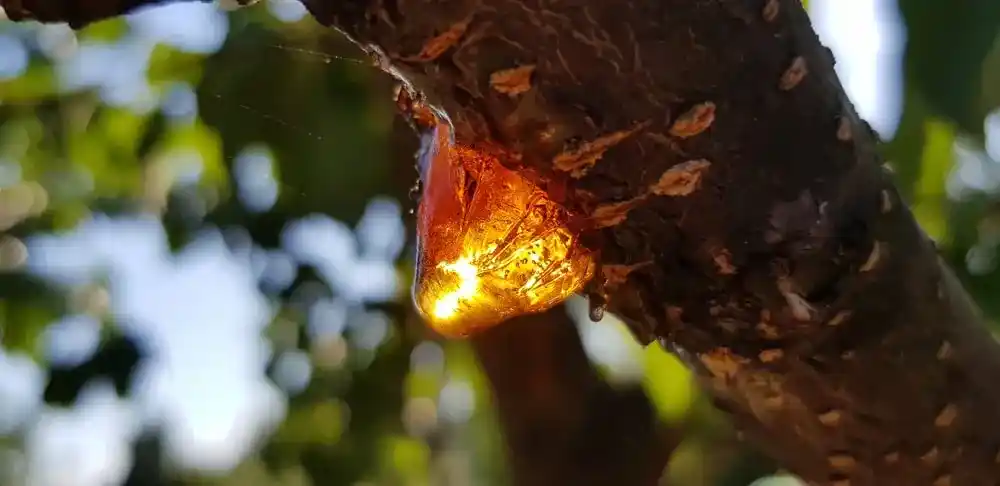Textile Carbon footprint terms to, the amount of greenhouse gas in units of carbon dioxide (CO2) to produce textiles goods. Measuring the carbon footprint of various activities in textiles involves the emission of greenhouse gases generated at various stages of processing. This includes assessing raw material extractions from sewing to harvesting and transportation, further processing, apparel, and household goods manufacturing, and end-of-life disposal.
- You may also like the post “Dyneema an overview“
According to the U.S. Energy Information Administration is the 5th largest contributor of CO2 emissions So, the textile industry is a huge and largest source of greenhouse gases in the world. Globally in 2023 the per person consumption is 15.2 kg. Also, the estimated energy required in thermal units for one meter of cloth is 4500 `5500 Kcal and the electrical energy required is 0.45~0.55 Kwh
Water needs 10000 liters to produce one kg of cotton fabric, and 2500 liters is needed to produce a normal t-shirt, from fiber production to fabric.
Synthetic Fiber Higher in Carbon Footprint
The CO2 emission is spun fiber is much higher than in natural cotton. Below study done by Stockholm Environment Institute
| Fiber | Kg CO2/Ton of fiber |
| Polyester | 9.52 |
| Cotton- conventional | 5.89 |
| Cotton | 3.75 |
For natural fiber, it starts from field plantation, irrigation, fertilizer, pesticide, and harvesting. Synthetic fertilizers are a major component of emitting greenhouse gases. One ton of nitrogen fertilizer emits nearly 7 tons of CO2. In synthetic fiber, much more energy is needed in extracting oils from the ground and in the production of polymer.
Energy used in the production of various fibers Kcal per kg
| Fiber | Energy in Kcal/Kg of fiber |
| Cotton | 13150 |
| Wool | 15060 |
| Viscose | 23900 |
| Polypropylene | 27500 |
| Polyester | 29900 |
Natural fibers, in addition, are biodegradable and hence more sustainable. Synthetic fibers do not degrade easily making landfills. However, now need to produce more sustainable fibers. For every 1 ton synthetic fiber brunt produces CO2 emission 350 kg. Organic fiber production helps reduce carbon footprint considerably.
New challenges for the Textile industry
One of the challenges for the Textile industry is the forthcoming EU carbon tax. It is formally known as the Carbon Border Adjustment Mechanism (CBAM). It is a proposed policy designed to reduce carbon emissions by placing a tax on imported goods. However based on the carbon content associated with their production. It aims to prevent carbon leakage. Resultantly industries move production to countries with lower environmental standards to avoid emission costs. The EU intends to implement this mechanism to ensure to reduction of their carbon emissions. Including a level playing field for its industries while incentivizing global partners.

Study of Carbon Footprint in Cotton
On typical global estimates studying a general overview of the carbon footprint associated with each stage of cotton production.
1- Sowing Seed to Cotton
According to various studies, this stage typically contributes around 25-35% of the total carbon footprint of cotton production. The carbon footprint of this stage includes emissions from
- Land preparation
- Fertilizer application
- Pesticide use
- Irrigation
- Machinery operation
2- Cotton to Bale
This stage contributes around 10-15% of the total carbon footprint. Includes involves energy consumption are,
- Harvesting
- Ginning
- Compressing cotton into bales involves energy consumption,
- Machinery operation
- transportation
3- Cotton Bale to Yarn
This stage contributes around 30-40% of the total carbon footprint. Converting cotton bales into yarn which requires energy involves;
- Spinning
- Intensive machinery and processes.
4- Yarn to Fabric
This stage contributes around 15-20% of the total carbon footprint. Weaving or knitting yarn into fabric involves further energy consumption,
- Machinery operation, Knitting, weaving.
- Sometimes chemical treatments
5- Fabric to Dyeing
This stage can contribute around 20-25% of the total carbon footprint. Dyeing fabric involves energy-intensive processes
- Water
- Chemicals
6- Dyeing to Stitching
This stage may have a relatively lower carbon footprint per unit. Stitching garments involves sewing the fabric into finished products
- Energy use
- Transportation
Overall, the carbon footprint of the cotton industry lies on the shoulders of spinners.
Tools to Assess Carbon Footprint
Different tools and methods are available internationally to estimate the carbon footprint of textiles. These tools help companies assess impact and identify areas of improvement. Such as,
- Higg Materials Sustainability Index 1
- Sustainable Apparel Coalition Higg Index,2
- Carbon Trust Footprint Label. 3

2 Layers Carbon Footprint Assessment
- Primary footprint / direct emissions – Burning fossil fuel for electricity, heat or transportation, etc. (It involves direct energy consumption in production).
- Secondary footprint / Indirect emissions – These energies are associated with supply chain activities, the life cycle of the product sustainability, etc.
How to Calculate Textile Carbon Footprint
How to calculate carbon footprint? It’s important to consider not only direct emissions but also indirect emissions associated with energy use and supply chain activities. The carbon footprint of textiles can be calculated by following these general steps:
- Raw Material Production: Calculate the carbon emissions associated with the production of raw materials (e.g., cotton, polyester). Consider the energy used, transportation, and any chemical processes involved.
- Manufacturing: Determine the energy consumption and emissions during the manufacturing process of the textiles. Include emissions from machinery, transportation of goods, and any chemical treatments.
- Transportation: Calculate the carbon emissions from transporting raw materials to manufacturing facilities and finished products to distribution centers.
- Usage Phase: Consider the emissions and energy associated with the use of the textiles. This includes washing and other maintenance activities.
- End-of-Life: Account for the carbon emissions from disposal or recycling of the textiles.
- Supply Chain: Assess the overall carbon footprint of the entire supply chain, including suppliers, manufacturers, and distributors.
- Calculate Total Carbon Footprint: Sum up all the emissions calculated in each phase to get the total carbon footprint of the textiles.
The accuracy of the calculation depends on the data availability. Also, the scope of how to analyze. LCA (life cycle assessment) methodologies may give good evaluation. If data is sufficient and specific you may use tools like GHG Protocol for carbon footprint calculations.
Carbon Footprint in the Fashion Industry
10% or more of the annual global carbon footprint produced by the textile fashion industry. It involves international flights and shipping worldwide. According to the European Environment Agency, 654 Kg per EU citizen is produced every year. Thus textile industry are top 5 carbon emissions linked.
How to Reduce Carbon Footprint in the Textile Industry
How to reduce carbon footprint? Various strategies in reducing carbon footprint in the textile industry involve, including:
Energy Efficiency: Improving the energy efficiency of textile manufacturing processes. The following techniques may be adapted;
- Upgrading machinery
- Optimizing production schedules
- Implementing energy-saving technologies.
Renewable Energy: New eco-friendly techniques should be used, as
- Transition to solar, wind, or hydroelectric power to reduce reliance on fossil fuels.
Sustainable Materials: Using eco-friendly material in textile production, with lower emissions of carbon dioxide.
- Recycled textile materials.
- Organic materials
- Biodegradable materials.
Supply Chain Optimization: Includes
- Streamlining transportation routes
- Adopting lean manufacturing principles
- Minimizing waste throughout the supply chain
Consumer Education: Educating consumers about the environmental impacts of textile production.
- Encouraging sustainable purchasing habits, such as choosing durable, ethically-made, and environmentally-friendly products.
Also, reducing the carbon footprint in the textile industry
- Government regulations,
- Industry standards
- Voluntary certifications like organic or Fair Trade can also play a role in promoting sustainability.
FAQ
What is the Higg Sustainability Index?
What is Carbon Footprint?
What is a carbon footprint? Textile Carbon footprint terms to, the amount of greenhouse gas in units of carbon dioxide (CO2) to produce textiles goods. Measuring the carbon footprint of various activities in textiles involves the emission of greenhouse gases generated at various stages of processing.
What is the Carbon Footprint in the Textile Industry?
Carbon footprint in the textile industry terms as, the total GHG (greenhouse gases) emission during the entire supply chain. It includes production, processing, transportation, and end-of-life. It shows the environmental impact at each stage of CO2 and other GHG.
Why is reducing carbon footprint important in the textile industry?
Reducing carbon footprint in the textile industry is important to promote sustainable practices. It will balance the climate change factor. To reduce carbon footprint government implies taxes according to their contributions. It can be reduced by optimizing supply chains and adapting renewable energy practices.
How is carbon footprint calculated in textile processing and manufacturing?
It’s important to consider not only direct emissions but also indirect emissions associated with energy use and supply chain activities. It is calculated at each stage and then combined in total. Stages are,
- Raw Material Production
- Manufacturing
- Transportation
- Usage Phase
- End-of-Life
- Supply Chain
At each stage assess energy or fuel consumption and other activities that contribute to greenhouse gas emissions.
How can the textile industry reduce its carbon footprint?
To reduce the carbon footprint of the textile government, Carbon Border Adjustment Mechanism (CBAM) implies taxes according to their contributions. Also, it can be reduced by optimizing supply chains and adapting renewable energy practices. However, the EU intends to implement this mechanism to ensure to reduction of their carbon emissions. Including a level playing field for its industries while incentivizing global partners.






